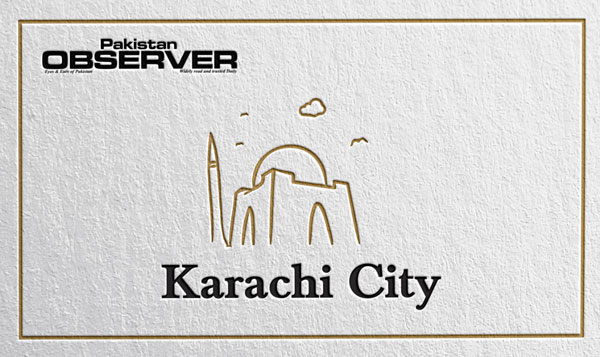Pakistan faces pressing urban challenges that demand a shift towards a sustainable urbanisation model, as failing public services, declining quality of life, and low economic productivity continue to undermine the benefits of urban development. According to a recent Asian Development Bank (ADB) report, the current urban development framework is ineffective and needs an overhaul to address these mounting issues. Safety organisation Mehfooz Pakistan has emphasized the growing need for this change, warning that Pakistan’s increasing population and rapid urbanisation cannot be overlooked.
Between 2017 and 2023, the population growth rate averaged 2.55% annually, with urban areas growing at 3.65%—nearly double that of rural regions. By 2030, Pakistan’s urban population is expected to reach 99.4 million, putting immense strain on already overstretched city infrastructures.
Pakistan’s urbanisation is primarily concentrated in its major cities. By 2017, 54% of the urban population lived in 21 large urban centers, with 34.5% of these residents concentrated in Karachi and Lahore. These two megacities continue to experience rapid growth; Karachi’s population nearly doubled over the past two decades leading to 2022, while Lahore’s grew by 138%.
Despite this, Karachi was ranked among the world’s least liveable cities by the Economist Intelligence Unit. The growing demographic pressure on these cities calls for immediate efforts to improve socioeconomic conditions. While urbanisation has helped drive economic growth—cities contributed 55% of Pakistan’s GDP in 2018, with Karachi alone accounting for 12-15% of the national GDP—rapid urban sprawl has created hazardous living conditions.
Illegal developments and informal settlements have proliferated, creating substandard housing, disrupting city operations, and degrading urban environments. The housing crisis is particularly alarming, with the demand for new urban housing far outpacing supply. Pakistan’s cities need 350,000 new housing units each year, yet only 150,000 are being built annually, leaving a deficit of nearly 10 million units. As a result, 57% of urban residents live in informal settlements, which occupy key city spaces like green areas, riverbanks, and transport corridors. These slums not only degrade the urban environment but also increase vulnerability to flooding and other risks.
The ADB report suggests that a sustainable urbanisation model should be developed to address these challenges. This model should be designed to improve living conditions while maximizing the social, environmental, and economic benefits of urban spaces. Key steps include updating Pakistan’s urban master plan, scaling public-private partnerships, and enhancing financial sustainability. In the short term, empowering municipal authorities to approve and enforce development projects is essential, alongside strengthening local government capacity to generate revenue and improve operations.
This will require the institutionalization of accountability across local, provincial, and federal governments, and building the capacity of departments to meet service delivery needs. The long-term goal should be to create resilient, sustainable urban centres that foster economic, social, and cultural regeneration. By addressing these urban challenges, Pakistan can unlock the full potential of its cities and improve the quality of life for millions of its citizens.










